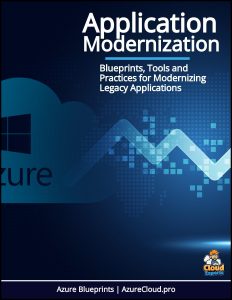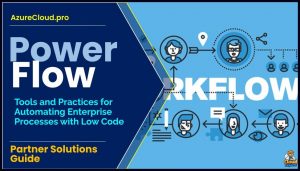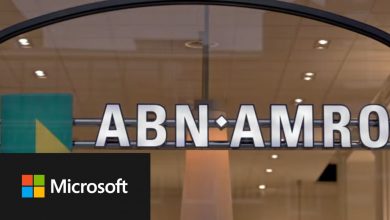Mainframe Modernization Strategies with Microsoft Azure and Logic Apps
Mainframes have been the backbone of many organizations for decades, but as technology evolves, modernizing these legacy systems becomes crucial.
 Mainframes are epitomical of the legacy modernization challenge.
Mainframes are epitomical of the legacy modernization challenge.
While often the oldest of technologies in operation they are often still central to and used to implement core business processes.
Running decades old applications like COBOL they become ‘black boxes’, still functioning perfectly but never modified due to fear of what may happen, and with the skills required to do so long since retired from the organization.
However modifying them is often a key requirement for achieving digital transformation, as modernizing the processes they operate is needed to launch new digital business models.
In a recent IBM Institute for Business Value study 71% of executives say mainframe-based applications are central to their business strategy. Four out of five respondents say their organizations need to rapidly transform to keep up with competition, which includes modernizing mainframe-based apps and adopting a more open approach that includes public cloud.
Legacy Modernization
To address this situation we can identify the two core dimensions of a possible Legacy Modernization strategy:
- Mainframe Migration: Many companies and organizations benefit from moving some or all their mainframe workloads, applications, and databases to the cloud. Azure provides mainframe-like features at cloud scale without many of the drawbacks associated with mainframes.
- Application Modernization: Updating the mainframe software in different ways so that it can be modified by modern development tools.
As Microsoft describes “Many workloads can be transferred to Azure with only minor code changes”. This means migration alone delivers a greatly improved hosting platform but doesn’t achieve any improvements in how they software itself can be enhanced.
Therefore to realize the full benefits enterprise organizations need to both Migrate and Modernize, with there being a number of techniques possible to achieve this. As Microsoft describes here this can include:
- Azure DevOps for z/OS applications: Embrace an enterprise DevOps model that includes developing and modernizing z/OS applications on Azure to increase speed and agility for greater developer productivity.
- Simplify access from Digital Channels: As organizations enhance their customer experience through new digital channels there is often a need to access core business applications and data residing on the mainframe, which can be achieved through Open API integrations providing seamless integration with enterprise DevOps processes.
- Data sharing between z/OS applications and Azure: By leveraging IBM Z Digital Integration Hub, Azure cloud-native application services can access real-time intelligible/consumable data and events through modern methods (JDBC, ODBC, Kafka, REST) with little to no impact on core application environments.
- Automation across IBM zSystems and Azure: Enable developers to automatically spin up mainframe resources on demand through a standard, self-service catalog, created to help developers bring up and tear down environments, decrease utilization and maintenance cost.
 Power Flow
Power Flow
Furthermore a key technology and approach to highlight is the role of Low Code tools in integrating with and extending mainframe functionality, through the Microsoft Power Platform.
Microsoft Power Apps offer a powerful solution for transforming mainframe applications into modern, user-friendly interfaces.
Microsoft experts offer these two presentations to explain how this can be achieved:
- In this tutorial Harold Campos joins Scott Hanselman to show how you can use Azure Logic Apps to build native integration solutions for mainframes and midranges, including IBM DB2, Host Files, CICS, IMS, MQ, 3270 systems, and many more.
- In this session April Dunnam is joined by Jim Dugan to discuss how to leverage the Power Platform to modernize mainframe development. He covers creating custom connectors, web service integrations, Azure API management and demos an example bank application.



